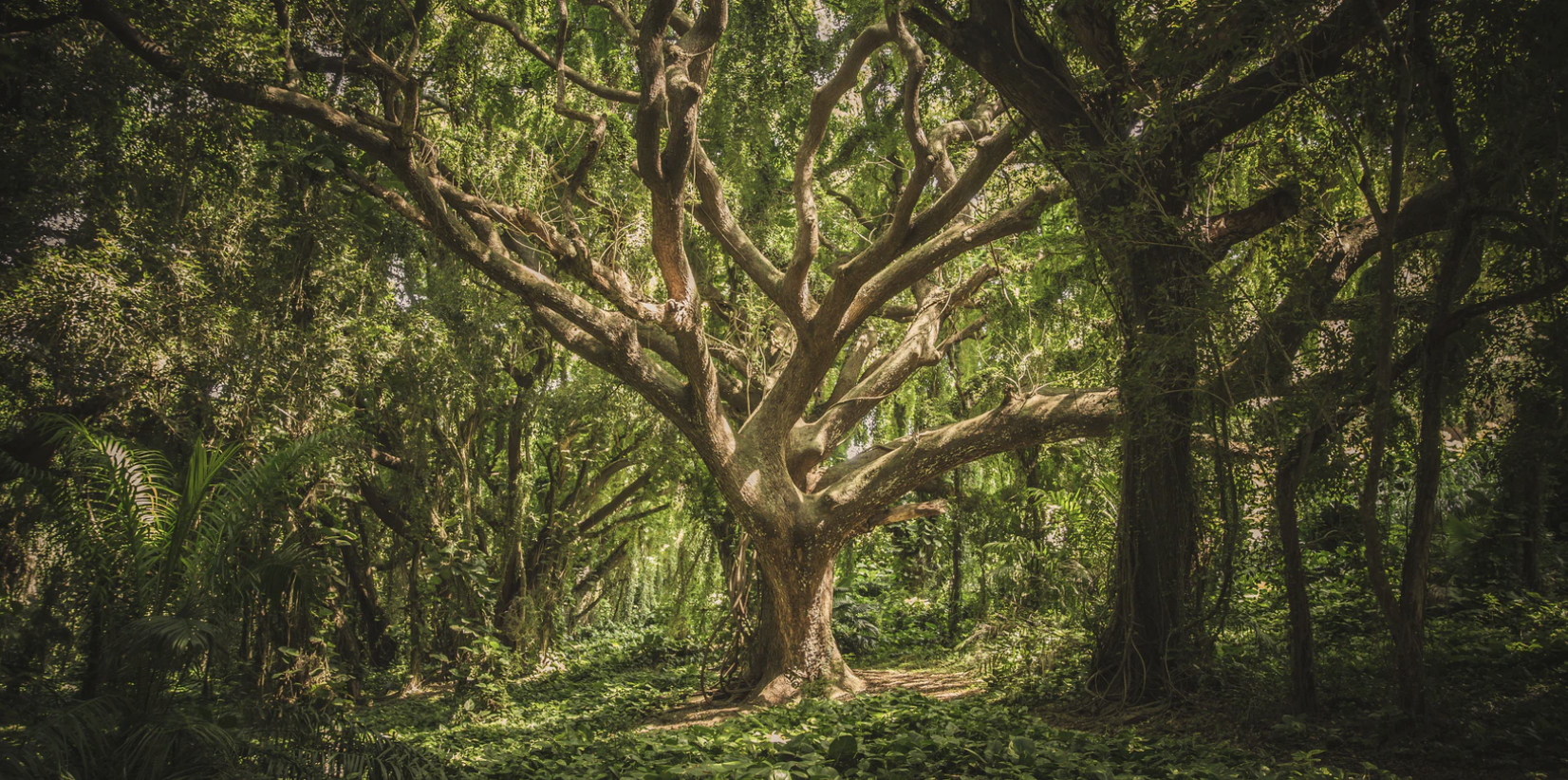By Maria Cohut
If you see some blades of grass unexpectedly emerging from among the train tracks, or if your potted lavender plant has just bloomed, give yourself a moment to take it in, and notice how it makes you feel. Observing nature — wherever you may be — will make you feel happier, researchers say.
“To see a World in a Grain of Sand/ And a Heaven in a Wild Flower” – these lines from the 18th-century English poet William Blake are widely quoted, as they remind us that the smallest of things in nature can hold infinite beauty and grace.
Or take another poem, by famous Romantic poet William Wordsworth, where he makes a similar point in describing the joy that a field of daffodils quivering in the breeze makes him feel: “my heart with pleasure fills,/ And dances with the daffodils,” he writes.
According to a recent study, poets like Blake and Wordsworth were definitely on to something.
Lead researcher Holli-Anne Passmore, a Ph.D. student in psychology at the University of British Columbia’s (UBC) Okanagan Campus in Kelowna, Canada, found that taking just a few moments each day to notice how things in nature make you feel will render you happier and improve your overall well-being.
The study’s results were recently published in the Journal of Positive Psychology.
The Positive Effect That One Tree Can Have
Dr. Passmore recruited 395 UBC undergraduate students who were then randomly split into three groups. One group was asked to take photos of natural objects or scenes that caught their eye — such as a beautiful sunset spied from the kitchen window, or a late-blooming flower — and jot down the feelings that these evoked in them.
The second group was asked to do the same, but focusing on manmade objects, such as buildings, or machines, while the third group acted as the control, and was not required to take any action.
For the tasks at hand, the participants were not asked to go out of their way; any scenes or objects noticed while they were carrying their normal, day-to-day activities, would do.
“This wasn’t about spending hours outdoors or going for long walks in the wilderness. This is about the tree at a bus stop in the middle of a city and the positive effect that one tree can have on people.” Holli-Anne Passmor
The researcher was reportedly “overwhelmed” by the enthusiastic response from her participants, who submitted over 2,500 photos and written impressions.
Passmore found that the participants who had engaged in the nature observation task reported increased levels of happiness and overall well-being. They were also more open to social contact, and to sharing resources with their peers.
“The difference in participants’ well-being — their happiness, sense of elevation, and their level of connectedness to other people, not just nature — was significantly higher than participants in the group noticing how human-built objects made them feel and the control group,” she notes.
Previous studies have found that individuals who live in areas with more green spaces benefit from improved mental health, and may even live longer on average.
The UBC researcher is building on these and similar findings, to understand how proximity to nature can enrich our lives. She is part of the so-called Happy Team at UBC Okanagan: a group of researchers dedicated to “study[ing] what is right with you (e.g., happiness) and how we promote it.”
Fact-checked by Honor Whiteman.
Originally published on Medical News Today.


